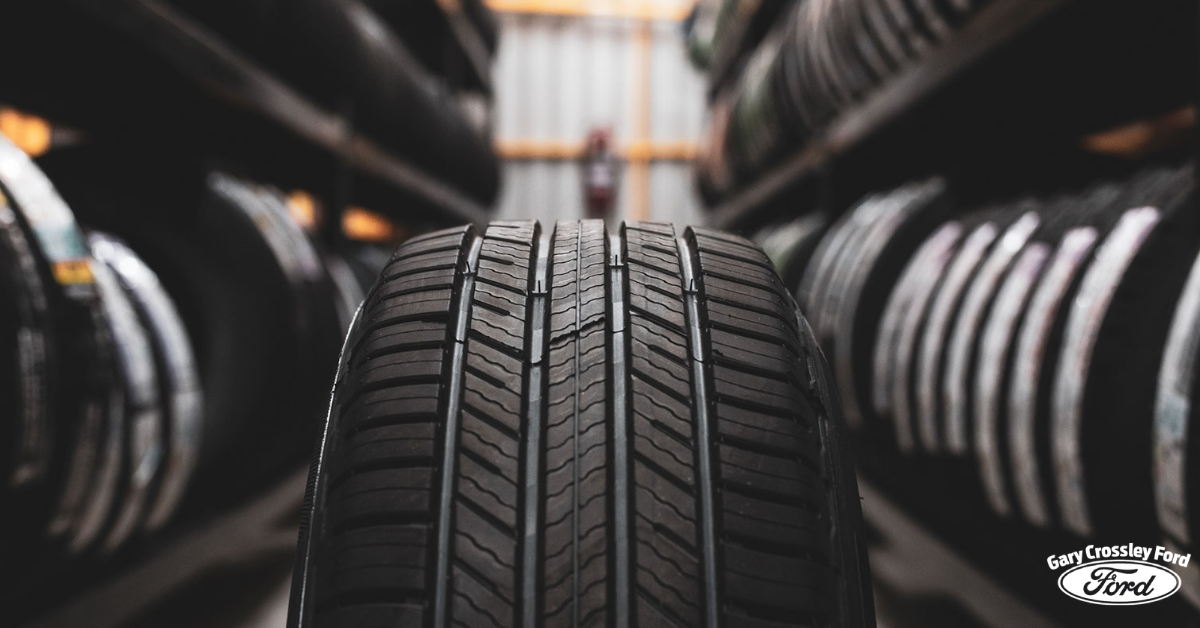Choosing the right tires for your car is crucial for ensuring safety, performance, and comfort. With so many options available, it can be overwhelming to decide which tires are best suited for your vehicle and driving needs. This comprehensive guide will help you navigate the process of selecting the perfect tires.
1. Understand Tire Types
There are several types of tires, each designed for specific driving conditions and vehicle types:
- All-Season Tires: These are versatile tires that provide good performance in various weather conditions, including light snow. They are a popular choice for everyday driving.
- Summer Tires: Designed for optimal performance in warm weather, these tires offer excellent grip and handling on dry and wet roads but are not suitable for winter conditions.
- Winter Tires: These tires are specifically designed for cold weather and snowy or icy roads. They provide better traction and braking performance in winter conditions.
- Performance Tires: These tires are designed for high-speed and high-performance vehicles. They offer superior handling and grip but may wear out faster than other types.
- All-Terrain Tires: Ideal for off-road driving, these tires provide good traction on various surfaces, including mud, sand, and gravel.
2. Check Your Vehicle’s Requirements
Consult your vehicle’s owner’s manual or the placard on the driver’s side door jamb to find the recommended tire size and specifications. The tire size is usually indicated by a series of numbers and letters, such as P215/60R16. This code provides information about the tire’s width, aspect ratio, and diameter.
3. Consider Your Driving Habits
Your driving habits and the conditions you typically drive in should influence your tire choice:
- City Driving: If you mostly drive in urban areas, all-season tires are a good choice for their versatility and durability.
- Highway Driving: For long-distance highway driving, consider tires that offer a smooth ride and good fuel efficiency.
- Off-Road Driving: If you frequently drive off-road, all-terrain tires will provide the necessary traction and durability.
4. Evaluate Tire Performance Ratings
Tires come with various performance ratings that indicate their capabilities in different areas:
- Treadwear Rating: This rating indicates the expected lifespan of the tire. A higher number means the tire should last longer.
- Traction Rating: This rating measures the tire’s ability to stop on wet surfaces. Ratings range from AA (best) to C (worst).
- Temperature Rating: This rating indicates the tire’s resistance to heat. Ratings range from A (best) to C (worst).
5. Budget Considerations
Tires come in a wide range of prices. While it might be tempting to go for the cheapest option, investing in high-quality tires can save you money in the long run by providing better performance and durability. Consider your budget and look for tires that offer the best value for your money.
6. Read Reviews and Ratings
Before making a purchase, read reviews and ratings from other drivers. Websites like Consumer Reports and tire manufacturer websites provide valuable insights into the performance and reliability of different tire models. Pay attention to feedback on aspects such as handling, noise level, and tread life.
7. Check for Warranties
Many tire manufacturers offer warranties that cover defects and premature wear. Look for tires with a good warranty to protect your investment. Common warranties include treadwear warranties, which guarantee the tire will last for a certain number of miles, and road hazard warranties, which cover damage from potholes and other road hazards.
8. Professional Installation
Proper installation is crucial for the performance and safety of your tires. Have your tires installed by a professional to ensure they are balanced and aligned correctly. Improper installation can lead to uneven wear and reduced performance.
9. Regular Maintenance
Once you have chosen and installed your new tires, regular maintenance is essential to keep them in good condition. This includes:
- Rotating Tires: Rotate your tires every 6,000 to 8,000 miles to ensure even wear.
- Balancing Tires: Have your tires balanced regularly to prevent vibrations and uneven wear.
- Checking Tire Pressure: Maintain the recommended tire pressure to ensure optimal performance and fuel efficiency.
- Inspecting Tread Depth: Check the tread depth regularly to ensure your tires have enough grip. Replace tires when the tread depth reaches 2/32 of an inch.
10. Seasonal Considerations
If you live in an area with extreme weather conditions, consider using different tires for different seasons. Winter tires provide better performance in cold and snowy conditions, while summer tires offer superior handling in warm weather. Switching between seasonal tires can enhance your vehicle’s performance and safety.
Conclusion
Choosing the right tires for your car involves understanding your vehicle’s requirements, considering your driving habits, and evaluating tire performance ratings. By following this comprehensive guide, you can make an informed decision and select the best tires to keep your vehicle running smoothly and safely. Regular maintenance and proper installation will further ensure the longevity and performance of your tires. Happy driving!

